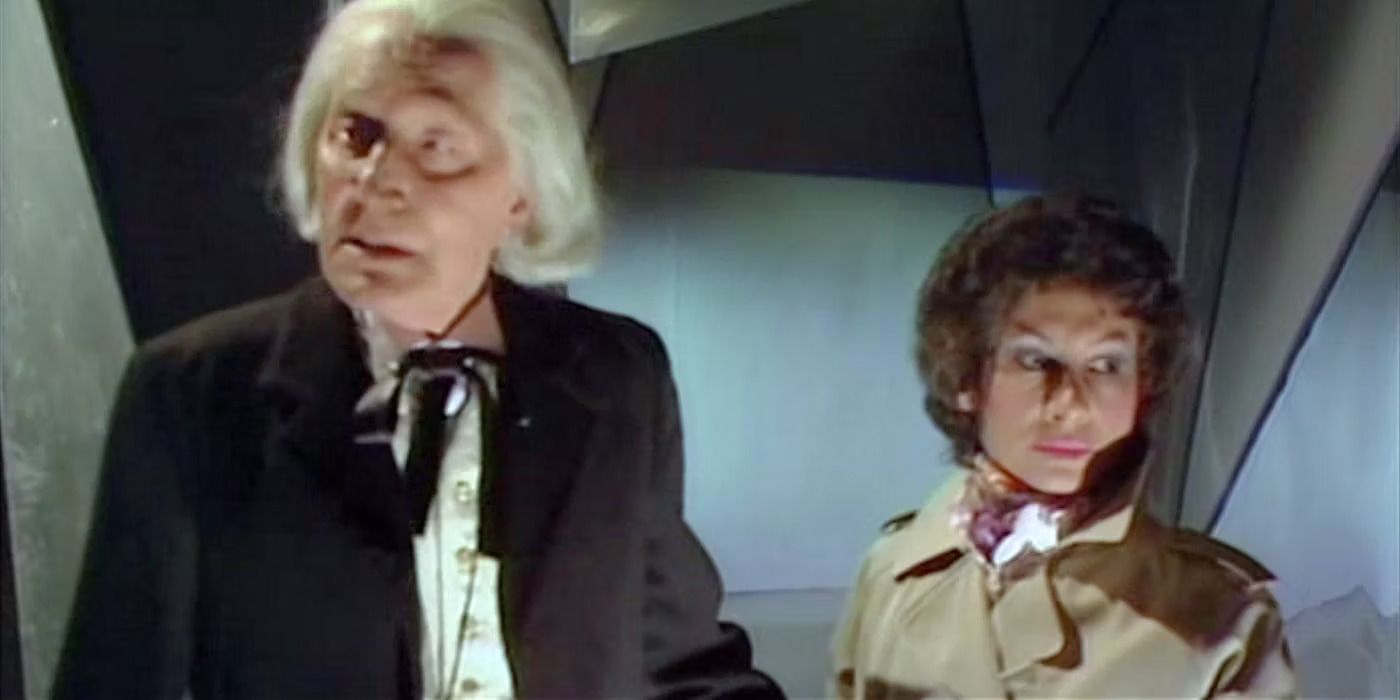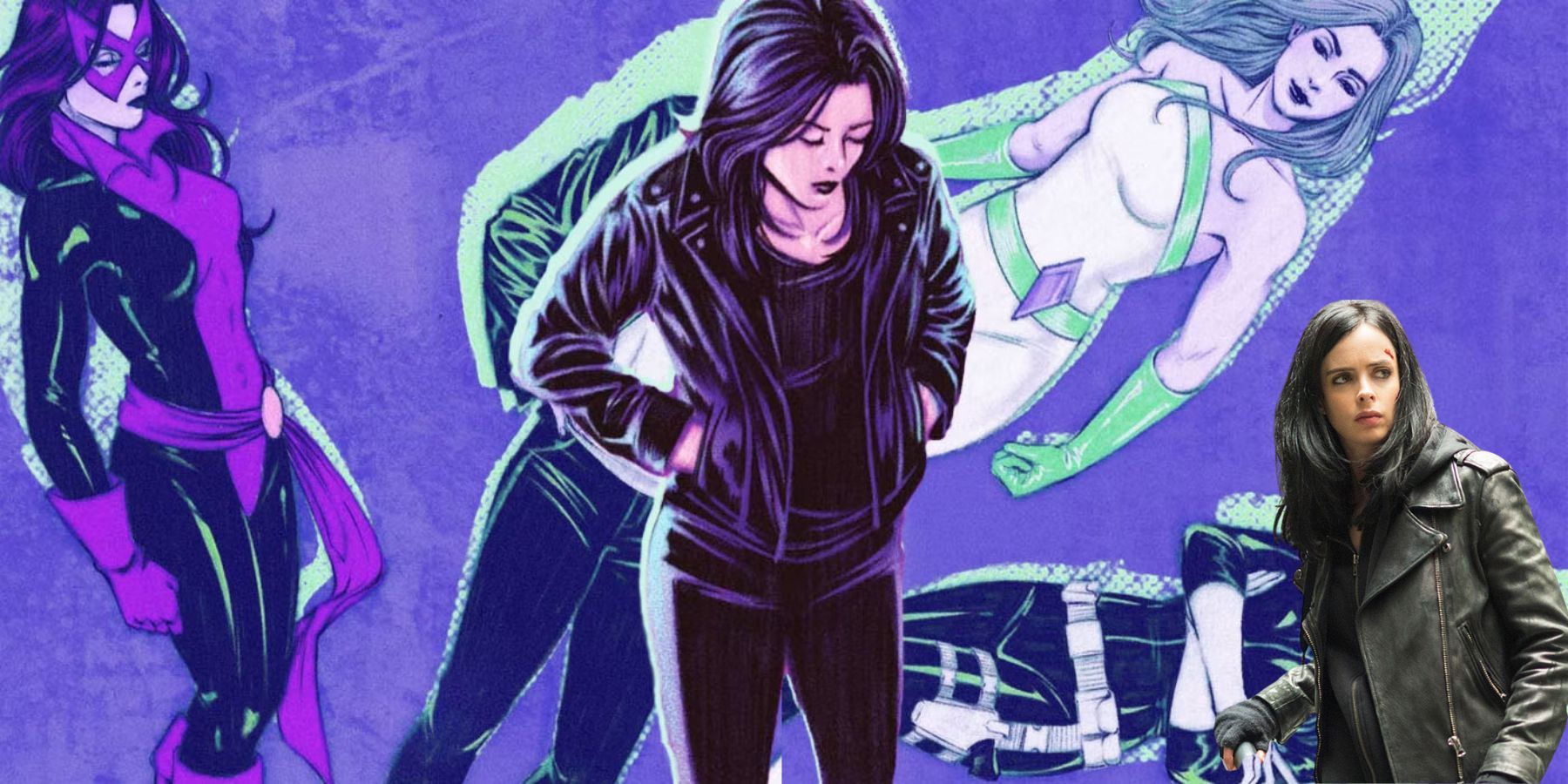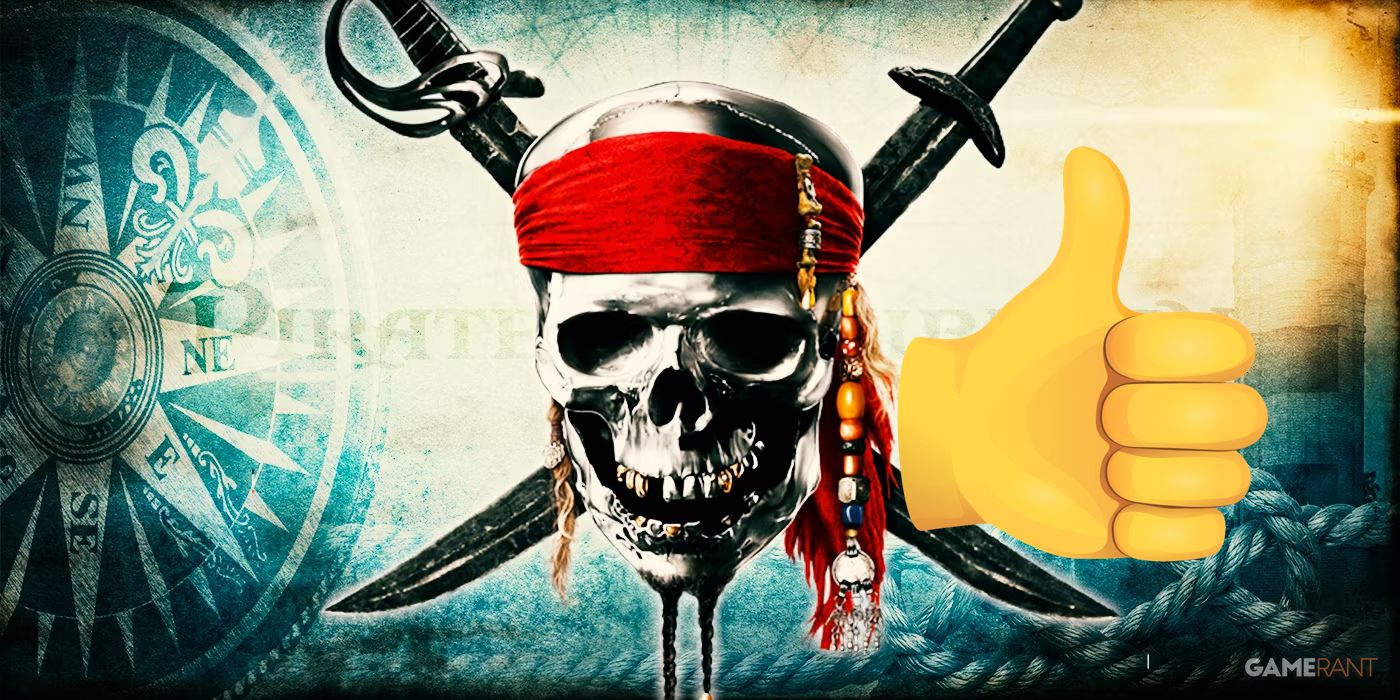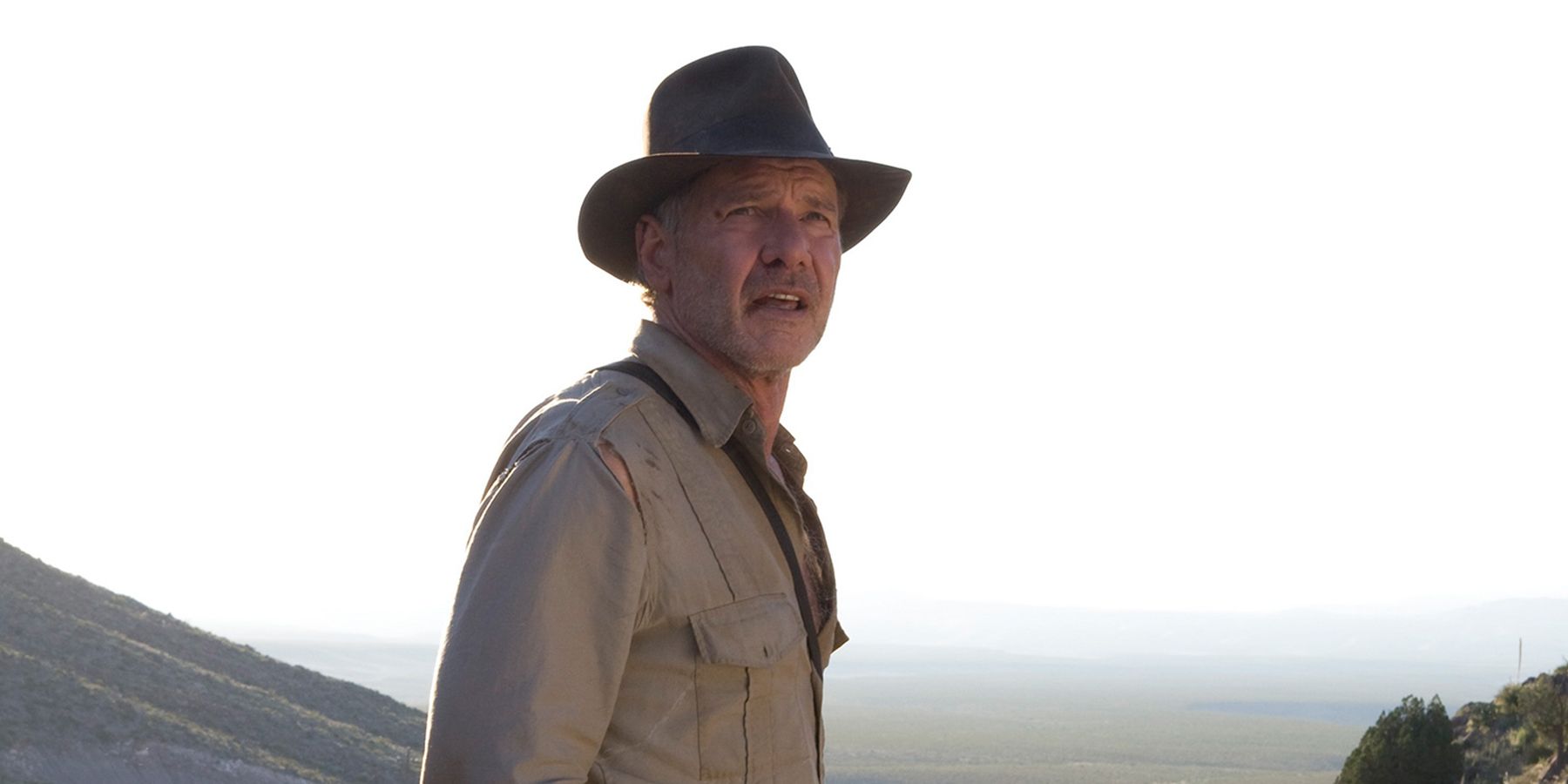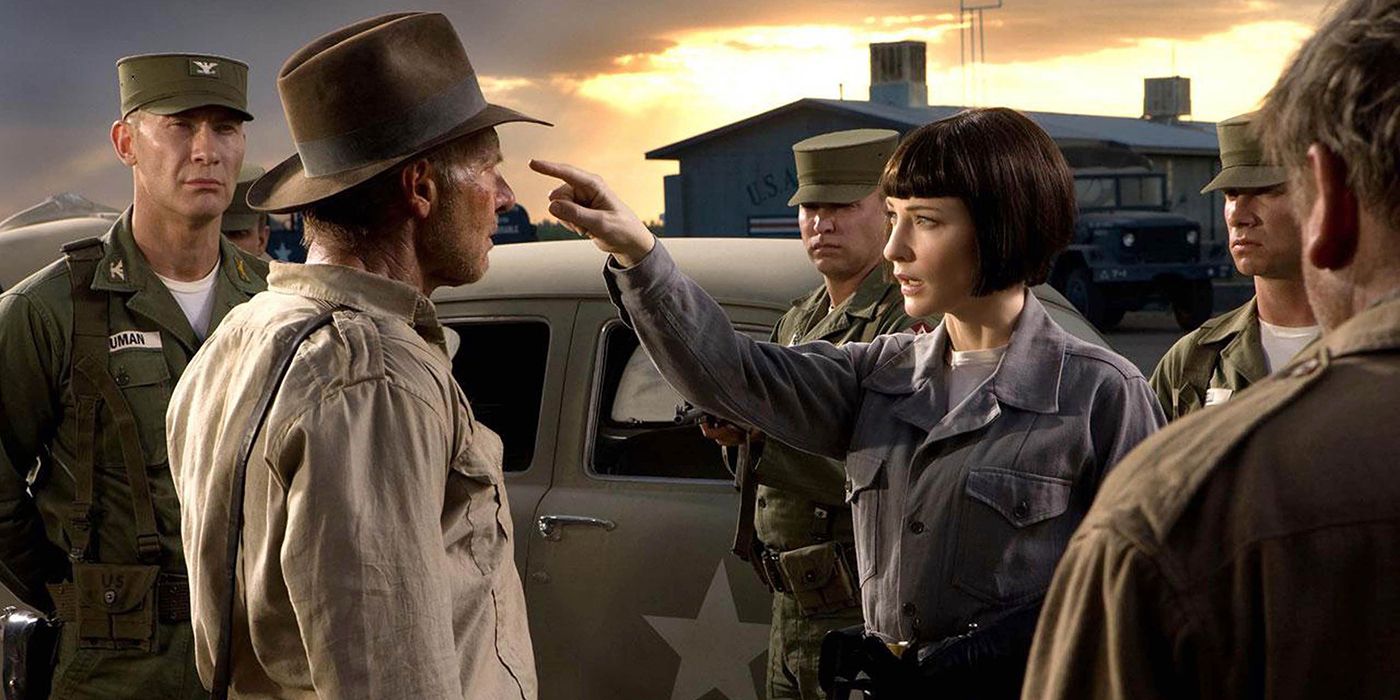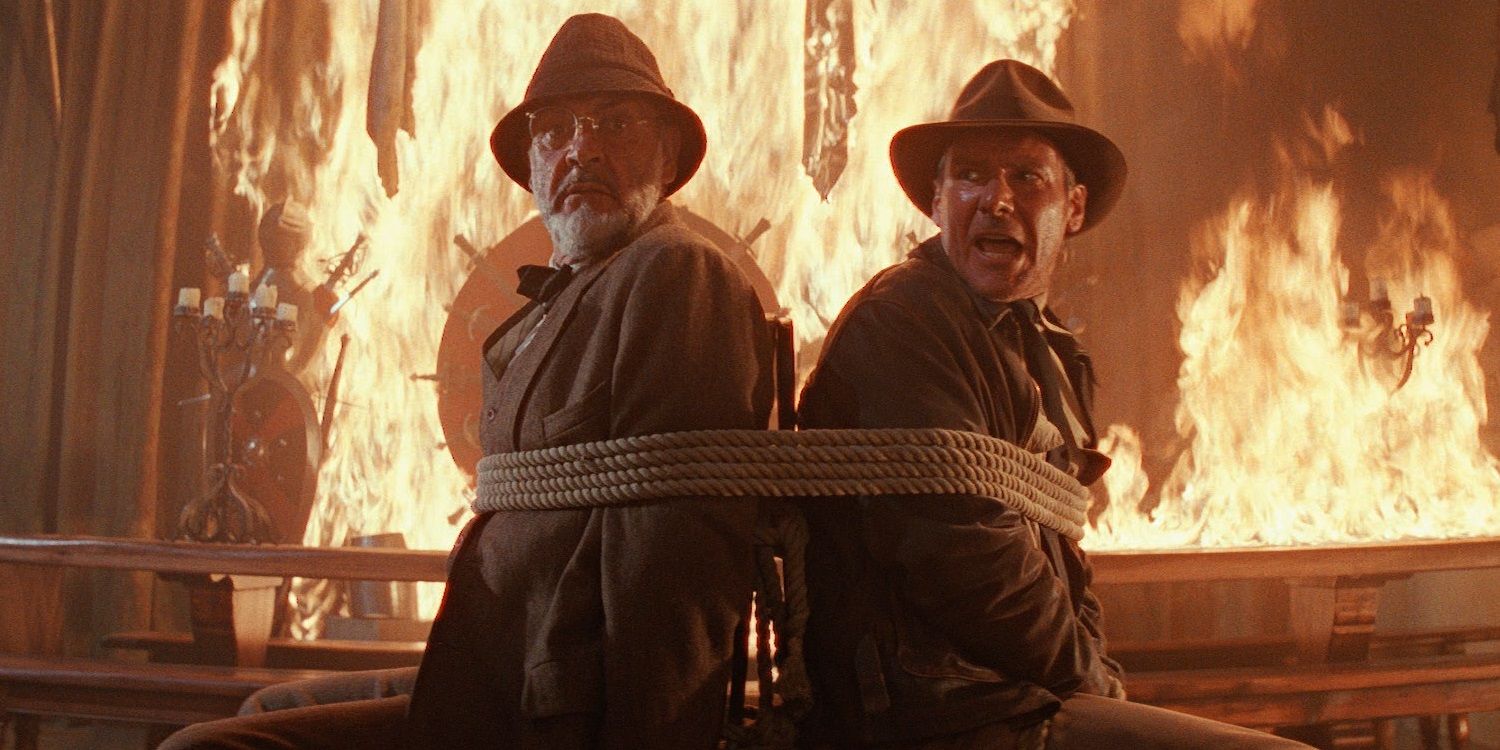Popular film franchises are under demand to never truly end, both by the studios that own them and the fans that will never be satisfied. This desire to make every marketable name last forever is lazy and cynical, but also raises a question; are there some classics that just don't fit into the modern day?
The beloved Indiana Jones trilogy originally hit theaters throughout the eighties, then took a 19 year hiatus before the franchise's heavily despised fourth entry. Next year, after lying dormant for another 15 years, the studio is set to release a fifth film, creating a franchise that will span a total of 42 years.
The Indiana Jones film franchise was anachronistic from its very first conception. Despite being one of the defining movies of its era, Raiders of the Lost Ark and its sequels were heavily inspired by film serials released in the 1930s. Like Star Wars before it, Indiana Jones was an attempt by George Lucas to modernize those old works that were so formative for him. The original trilogy are still universally beloved adventure film classics that defined a genre for a new audience and deserve all the praise they get.
Films like Uncharted will have to work to dodge comparison to Raiders, and will almost always be on the less favorable side of those contrasts. Yet, despite its incredible quality and powerful influence, the franchise's first attempt to update for a new age was a failure for a variety of reasons. A jump from the thirties to the eighties worked, but a jump from the eighties to the new Millenium did not. Unfortunately, the franchise's style, surroundings, and social implications may force the next big leap to fall just as hard as the last.
Indiana Jones is a staple of the action genre, but the way it presents its brawls and setpieces are a bit out of step with the fan-favorite style of today. The film that most effectively defines the modern action genre is John Wick. The franchise is extremely popular, it's set to release numerous spin-offs and sequels, there are a dozen films saddled with accusations of being knock-offs, and crew members have spread their signature style far and wide across the genre. Wick is the new standard in action scenes, its style of fast-paced balletic fight scenes seem to connect with audiences in whichever films they show up. Comparing them to Indiana Jones' take on action provide a very interesting contrast between generations.
Make no mistake, the three good Indiana Jones films' action scenes still totally hold up. Their classic style doesn't detract from their effect, they fit perfectly within the film's universe, but they do run the risk of feeling slightly outdated for a film to be released in 2023. Indy's action scenes are almost slapstick in their execution, selling neither the desperation of a man struggling to survive nor the cockiness of a man easily overpowering his foes.
As befits the 30s source material, Indy regularly disables his pursuers with a single unpracticed haymaker or mows down dozens with a wild spray of machine-gun fire or outwits his foes with some ambient debris. It's often comical, but just as often impactless. One could rightly argue that the fight scenes aren't the draw, but they sure do take up a lot of runtime to be so old-fashioned. Runtime is actually a significant concern, the slower pace of the action can keep these setpiece scenes running past their welcome. When compared to a John Wick or even a Marvel film, Indiana Jones' action scenes look great with an 80's release date, but may not have as much impact today.
Another issue Indiana Jones 5 will have to contend with is the climate of the similar films surrounding its release. Modern studios have pumped out countless nostalgia-addled continuations of long-dormant series, often with unimpressive results. Given the fact that Kingdom of the Crystal Skull already felt like a cynical cash grab banking on a big name, the fifth entry would not enjoy the benefit of the doubt that film had. A bad reputation before release could hurt the box office but could set the film up to be poorly received on marketing alone. Some have panned films like Ghostbusters: Afterlife or The Matrix: Resurrections as feature-length callbacks and a second bite at the Indiana Jones apple would likely leave a bad taste in fans' mouths.
One of the biggest problems Indiana Jones would have to contend with today is the changing social environment and its effect on the central premise. Though Indy is unquestionably the good guy of his stories, and the villains are typically the most cartoonishly evil people it is possible to commit to the film, his motivations have taken on new context. His de facto catchphrase "It belongs in a museum" today brings up unfortunate memories of imperial colonizers, theft of ancient artifacts, their somehow ongoing residency in wealthy nation's museums. An older white man barging into foreign nations to seize their cultural antiquities and display them in American museums has an extremely challenging ring to it for a modern audience. This is less of a problem for a film that is a product of its time, but releasing a movie with that premise today feels a bit tone-deaf at best. Circumventing the problem with aliens didn't seem to cover it last time, so it's tough to know how the filmmakers would deal with audiences that saw Killmonger rob the Museum of Great Britain and cheered.
Indiana Jones was a great franchise in its day, but the three decades that have passed since the last good entry have laid a tough landscape for the series to continue. Maybe its time to leave this treasure buried, rather than run the risk of making a second reboot that fans would rather forget.

